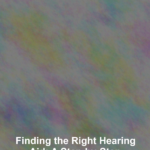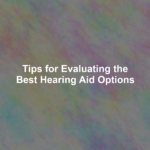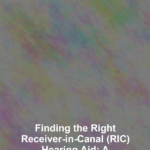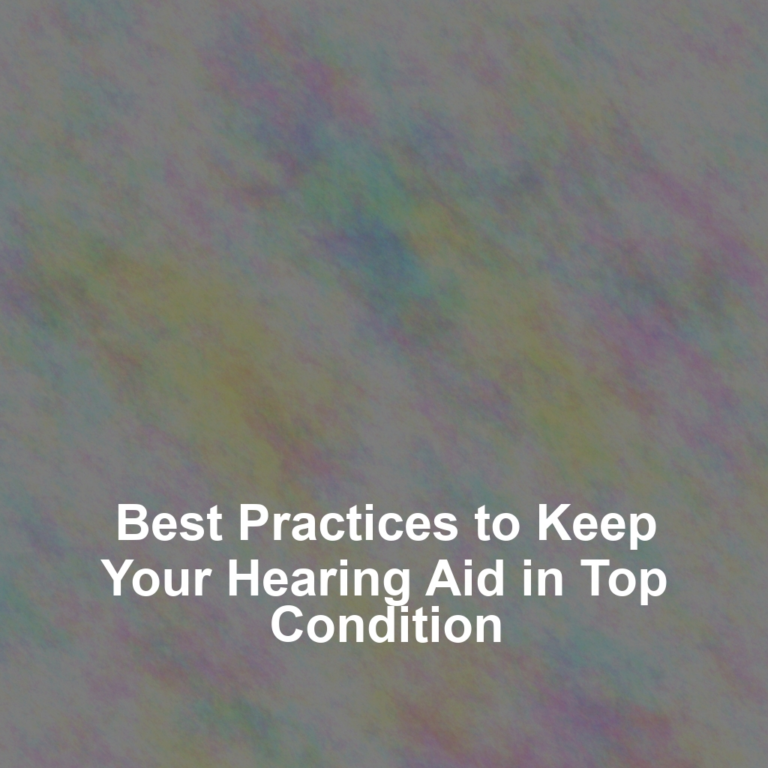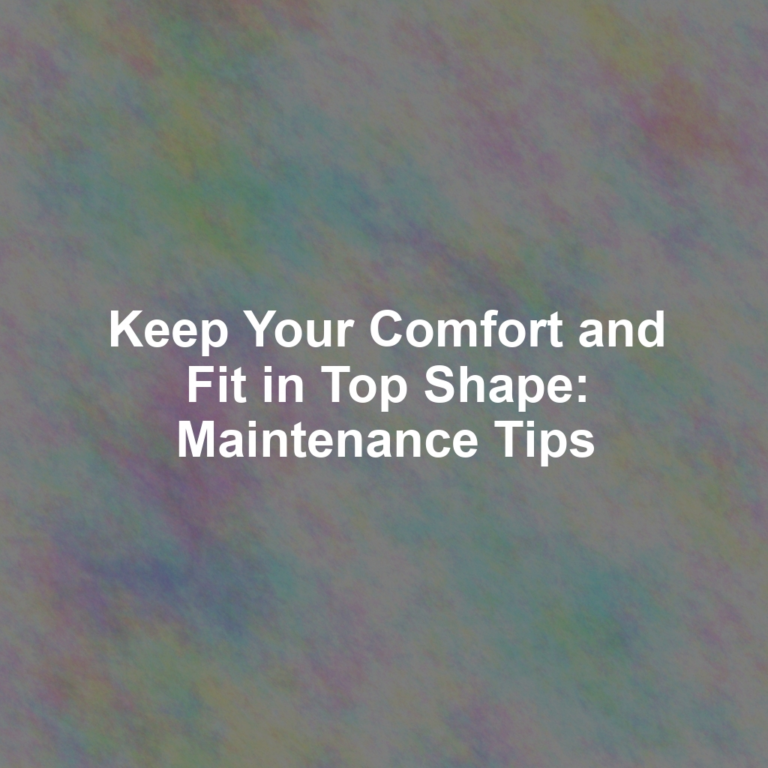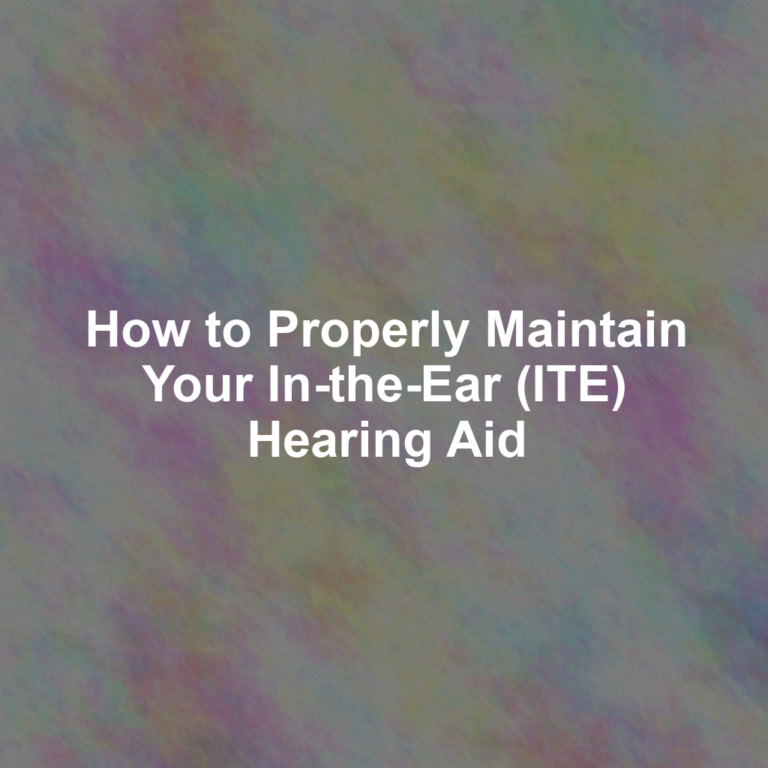Nearly 15% of American adults report some trouble with hearing. The journey to improve this critical sense often leaves many at a crossroads when choosing a hearing aid. As you navigate the crowded market, itG??s essential to understand that thereG??s no one-size-fits-all solution.
The right hearing aid for you should not only amplify sound but also fit comfortably, align with your lifestyle, and cater to the specific nuances of your hearing loss. YouG??ll need to weigh the pros and cons of various types, features, and performance levelsG??decisions that can significantly impact your daily life.
With so many factors to consider, itG??s crucial to arm yourself with the right information to make an informed choice. So, letG??s begin to unravel these considerations together, guiding you toward a decision that resonates with clarity.
Assessing Your Hearing Needs
Before choosing a hearing aid, itG??s crucial to accurately assess your hearing needs to ensure the best possible fit and function. YouG??ll need to consider the severity of your hearing loss, which a professional audiologist can determine through a comprehensive hearing test. DonG??t skip this step; itG??s the foundation for finding a hearing aid thatG??ll work well for you.
Think about your lifestyle too. Are you active and outdoors often, or do you spend most of your time in quieter, indoor environments? Your day-to-day activities impact the type of hearing aid thatG??ll suit you best. For instance, if youG??re frequently in noisy settings, youG??ll want a device with advanced noise reduction capabilities.
Also, reflect on the features you might need. Options like Bluetooth connectivity, rechargeability, and directional microphones can make a significant difference in your user experience. Be honest with yourself about which features youG??ll actually use; thereG??s no point in paying for bells and whistles that youG??ll never touch.
Lastly, donG??t forget about comfort and aesthetics. YouG??re more likely to wear your hearing aid consistently if itG??s comfortable and to your taste. That consistent use is key to improving your hearing and overall quality of life.
Exploring Types of Hearing Aids
Once youG??ve assessed your hearing needs, itG??s time to explore the various types of hearing aids available to find one that aligns with your lifestyle and preferences. Broadly, hearing aids fall into two categories: in-the-ear (ITE) and behind-the-ear (BTE). ITE aids sit inside the ear canal, making them less visible, while BTE models hook over the top of your ear and rest behind it.
YouG??ll also find completely-in-canal (CIC) or invisible (IIC) aids that are nearly undetectable to others. TheyG??re custom-fitted to sit deep within your ear canal, providing a very discreet option. However, they may not be suitable if you have severe hearing loss or dexterity challenges.
Alternatively, consider receiver-in-canal (RIC) or receiver-in-the-ear (RITE) aids. These combine the discreet nature of ITE models with the power of BTE devices. They feature a tiny wire, rather than tubing, which connects the speaker or receiver to the body of the hearing aid.
Lastly, donG??t overlook traditional BTE hearing aids with earmolds, especially if you have significant hearing loss. TheyG??re more noticeable but offer the greatest amplification and often have more features than smaller devices.
ItG??s crucial to weigh the pros and cons of each type based on your hearing profile, aesthetic preferences, and lifestyle. Your audiologist can help you understand the nuances and make an informed decision.
Key Features to Consider
When selecting a hearing aid, consider key features such as directional microphones, noise reduction capabilities, and wireless connectivity to ensure the device meets your everyday needs. Directional microphones can enhance your ability to focus on conversations in noisy environments, helping you feel more connected to those around you.
Noise reduction technology works to minimize background clutter, letting you relish in the clear sounds of life without overwhelming static.
And wireless connectivity isnG??t just a convenience; itG??s a bridge to the world, allowing you to sync your hearing aid with smartphones, TVs, and other devices, making every interaction smoother.
Reflect on these pivotal features:
- Directional Microphones: Imagine effortlessly engaging in lively family dinners without straining to hear your loved ones.
- Noise Reduction: Envision attending your favorite events, absorbing the performances, not the buzz of the crowd.
- Wireless Connectivity: Picture seamlessly streaming your cherished melodies directly into your hearing aid, enveloping you in pure, undisturbed harmony.
These advancements in hearing technology arenG??t just about hearing more; theyG??re about experiencing life more fully. Choose a hearing aid that not only fills the silence but also enriches your world.
Understanding Performance Levels
Recognizing that features like directional microphones, noise reduction, and wireless connectivity can significantly enhance your hearing experience, itG??s also crucial to assess the performance level of hearing aids to find one that matches your lifestyle demands. Performance levels range from basic to advanced, and the right choice for you hinges on how active youG??re and the environments you frequent.
If youG??re often in noisy places or attend lots of social gatherings, youG??ll need a high-performance aid that can handle complex sound environments. Such devices typically offer sophisticated features that adapt to varying noise levels, making it easier to follow conversations in challenging settings.
Conversely, if youG??re more of a homebody or engage in quiet activities, a basic or mid-level performance hearing aid may suffice. These are designed to work well in less demanding situations and are more budget-friendly. DonG??t be swayed by all the bells and whistles if simpler technology meets your needs.
Prioritizing Comfort and Fit
Ensuring your hearing aid fits snugly and feels comfortable is as vital as its technical capabilities, because even the most advanced device wonG??t benefit you if itG??s a hassle to wear. Remember, youG??ll likely be wearing this device for the majority of your day, so comfort isnG??t just a luxuryG??itG??s a necessity.
When youG??re evaluating the fit and comfort of hearing aids, consider these emotional touchpoints:
- Relief: Imagine the ease of a hearing aid that becomes a part of you, unnoticed, as you engage in your favorite conversations and activities.
- Confidence: Feel the confidence that comes from a hearing aid so comfortable, youG??re not constantly worried about it falling out or causing discomfort.
- Joy: Picture the joy of hearing the world clearly without the distraction of an ill-fitting device.
Take your time to try on different styles and sizes. A behind-the-ear (BTE) model might be perfect for someone else, but perhaps an in-the-ear (ITE) or completely-in-canal (CIC) hearing aid feels better to you. DonG??t rush the processG??after all, the right fit not only feels good but also enhances the effectiveness of the hearing aid, ensuring that you can embrace lifeG??s sounds to the fullest.
Conclusion
In wrapping up, itG??s crucial that you find a hearing aid that matches your lifestyle and hearing loss. Dive into the different types and features, and donG??t compromise on comfort or fit.
Remember, the right device shouldnG??t only improve your hearing but also enhance your quality of life. So take your time, consult with professionals, and choose wisely.
Your ears deserve the best, and with the right help, youG??ll be hearing the world in full color again.

